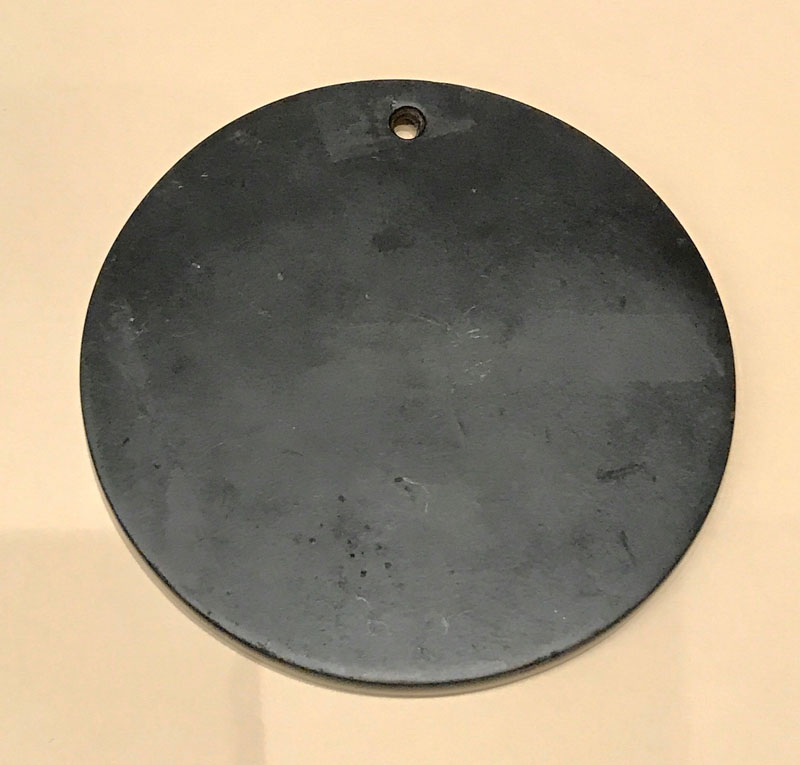Lecture to Oceanic Art Society, Sydney, 19 July 2017.

Mark Blackburn’s talk on the lithic technology of the ancient Polynesians at the Australian Museum on 19 July 2017 was educational and well received. An avid collector of Polynesian artifacts for many years, Mark also provided attendees the rare chance to see and handle some finely made examples from his own personal collection. The talk began with a video of a man in the modern day actually making a stone adze and using it to fell a tree. After that, Mark went into defining what an adze is, and detailed the various parts of the tool and the differences in style between Eastern Polynesian and Western Polynesian varieties. One way of characterizing the adzes of Western Polynesia is that they are tangless. Mark then went into examples of Eastern Polynesian adzes with tangs, and proceeded to pass around examples of adzes from both areas. The making of adzes, he said, often depended on differences in the geology of the islands and materials available on the various island groups; for example, the differences between low islands and high islands and the type of rock found on each.

One fascinating aspect of the talk was the use of adzes to depict the actual migrations of the early Polynesians. Mark covered various theories of how the Polynesians settled the Pacific, including those of explorer, Thor Heyerdahl, a close friend of Mark’s and a great inspiration to him. Mark described how the 1947 Kon-Tiki expedition inspired him so much as a young man that he built a version of the raft in his backyard. Another theory was that of ethnographer, Roger Duff, who stated that the Polynesians could not have originated from Asia and dismissed the Austronesian theory as wrong. Yet another theory covered was that of New Zealand historian, Andrew Sharp, who dismissed the vision of the Polynesians as great voyagers who set out to explore and settle the Pacific as nothing but romantic nonsense, saying that the settlement of the various islands must have been all accidental.
In 2007, things changed dramatically when archaeologists, Kenneth Collerson and Marshall Weisler, from the University of Queensland, began to analyze stone adzes collected in the Tuamotu Archipelago. By analyzing the origins of the trace elements in the basalt rock of these stone adzes (there is no endemic basalt in the Tuamotus, as they are low islands), these two researchers made a surprising discovery. By comparing the geochemical signatures of the stone with basalt sources identified around Polynesia, they were able to trace the artifacts to Kahoolawe in Hawaii, the Marquesas, Australs, Society Islands group and even the Pitcairn Islands, shedding new light on migration and settlement patterns throughout Polynesia.

A few weeks before the talk, on Saturday, 17 June 2017, the Polynesian voyaging canoe, Hokulea, returned home to Hawaii from its Malama Honua Worldwide Voyage. Mark spoke on how the celebrated canoe, which had sailed roughly 40,300 nautical miles over three years without the aid of modern nautical instruments, and the Polynesian Voyaging Society, were helping to shine a light on Polynesian culture and inspiring a new Hawaiian Renaissance.

In closing, Mark talked about the amazing achievements that the ancient Polynesians made in stone work, showing examples of penu pounders from Tahiti and a superbly formed food pounder from the island of Rapa, part of the Blackburn collection. What captured the attention of everyone present was the amazing, rare, round Hawaiian stone mirror, or kilo pohaku, that he had recently acquired, which was polished to a fine sheen and made with incredible skill. Objects like this prove that no other culture on the planet had the expertise to make such highly functional tools and items using stone on stone lithic techniques as the Polynesians. Mark ended by answering a wide of array of questions from the audience, as delighted attendees passed around and admired the artifacts from his collection.
Report by Robin Hodgson

